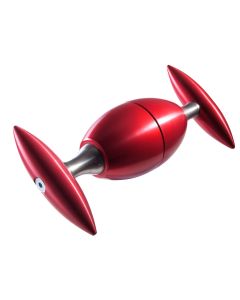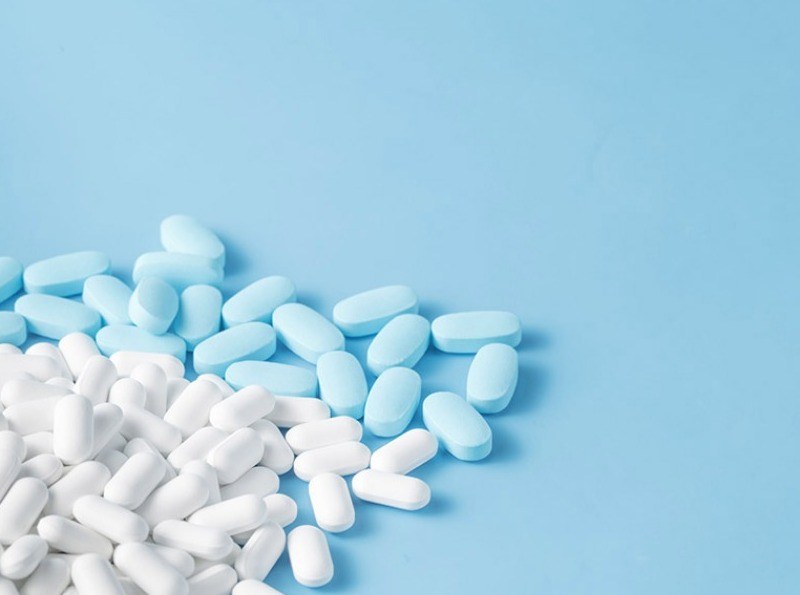Las tabletas y las cápsulas son los formatos de dosis sólidas más comunes para productos farmacéuticos. Cada formato tiene sus ventajas e inconvenientes, pero los fármacos y productos farmacéuticos más comunes hoy en día para administración oral están hechos en forma de tableta. Estas pueden contener diluyentes y otros materiales (excipientes) añadidos para mejorar la preparación, la cual se consigue por moldeo o por compresión.
Types of Tablets
Pharmaceutical tablets may be defined as the solid unit dosage form of one or more medicaments with or without suitable excipients and prepared either by moulding or by compression. A tablet comprises a mixture of active substances and excipients, usually in powder form, pressed or compacted from the powder into a solid dose. The compressed tablet is the most popular dosage form in use today. About two-thirds of all drugs currently prescribed are in solid form in half and of these are as compressed tablets.
Major Categories of Tablets:
- Uncoated – a single layer or more than one layer of formulation that consists of active ingredients and excipients compressed together without any additional coat or cover
- Coated – tablets that have additional coating layer added. Examples of coatings include gums, sugar, plasticizers and waxes.
- Dispersible – tablets that have film coats or uncoated tablets that form a uniform dispersion when it is suspended in water
- Effervescent – tablets that are uncoated and are intended to dissolve and disperse when mixed with organic acid or bicarbonate to produce gaseous carbon dioxide (CO2). The CO2 disintegrates the tablet to produces a suspension of powdered material that is readily absorbed
- Modified release – coated or uncoated tablets that are designed to release the active ingredient when the desired activity or condition is reached. Examples: enteric coated, delay-release and prolonged release
- Enteric coated – also called as gastro-resistant, these tablets are resistant to acidic gastric juices. They are coated with a polymer material such as Cellulose acetate phthalate, Cellulose acetate trimellitate, or acrylate polymers.
- Prolonged release – also called as extended release or sustained release tablets. These tablets are formulated in such a way that the release of active ingredient is controlled over a prolonged period. Special excipients are needed to be able to produce prolonged release tablets.
- Soluble – tablets that are dissolved in water before being administered. These may be coated or uncoated.
- Tablets that are for mouth use – these tablets are formulated to release active ingredients when placed in the buccal cavity or mouth area. They are used when a patient has difficulty swallowing or when fast release into the bloodstream is required. Examples are buccal and sublingual tablets, lozenges and troches.
- Buccal – tablets placed in between the gingival (gums) and cheek area
- Sublingual – placed underneath the tongue
- Implantable/Other Route – tablets that are placed in other areas of the body instead of the mouth (example, rectal or vaginal tablets).
Suscríbase a nuestro boletín de noticias
Advantages of tablets:
- Ease and convenience of use
- Fixed and metered dosages
- Bitter tasting drugs can be masked with coated tablets
- Unstable API can be administered through coated tablets
- Modified release of active ingredients ensures patient’s compliance and increases therapeutic effect
- Inexpensive form of dosage
- Stability of API
Disadvantages:
- Availability of drugs depends on several factors.
- Onset of action of drugs is less compared with direct route such as IV.
- Smaller and geriatric patients may find it harder to swallow tablets.









